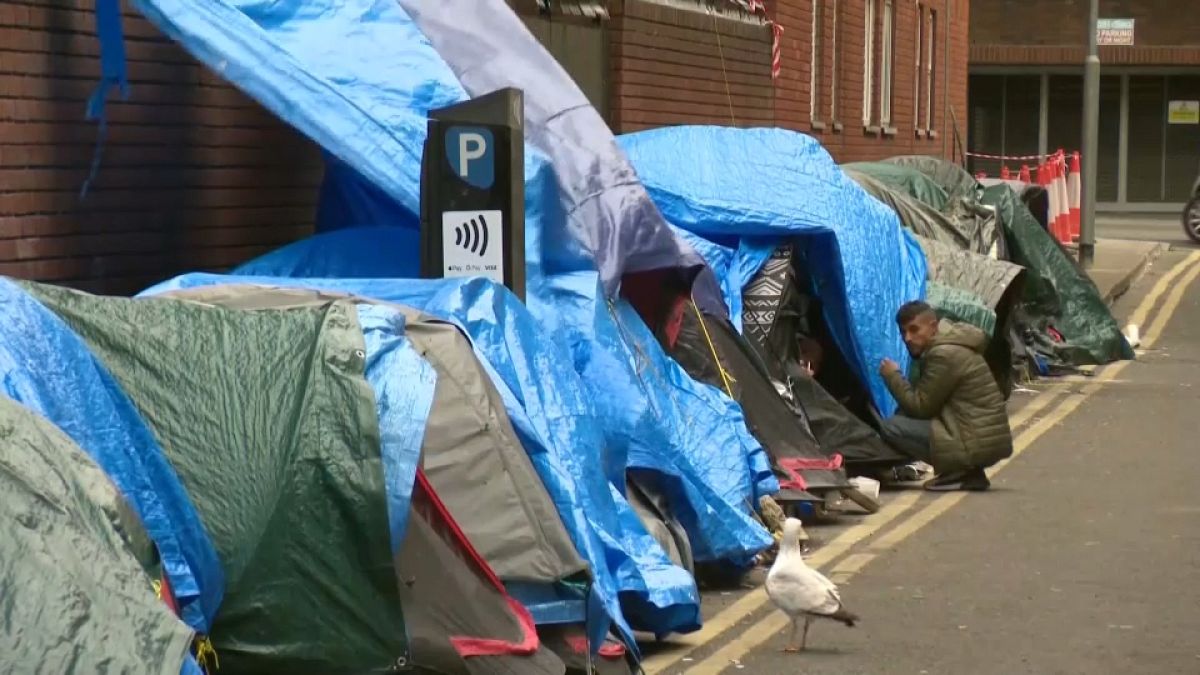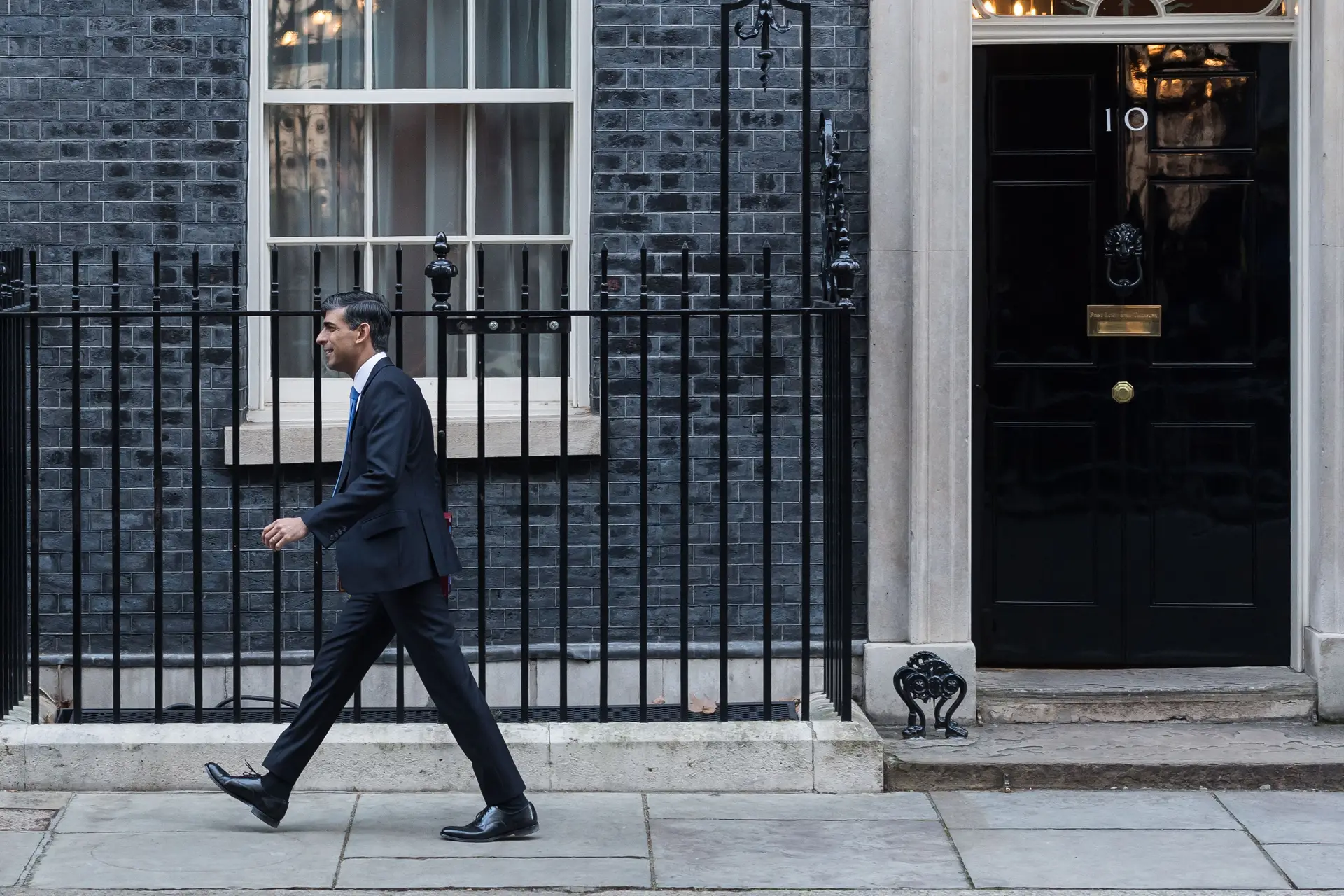
Australia has signed agreements with the governments of the US, Canada, the Czech Republic, Finland, France, Japan, the Republic of Korea, Sweden and the UK to introduce 6G mobile data technology.
The existing 5G network only covers part of the continent – Telstra's network is the largest and covers 85% of the population.
5G is now at least partially available in all capital cities (except Darwin) and many regional centers in every state. There are currently no 5G deployments in the Northern Region.
Australians have been quick to embrace technology. The country had an 82% 5G smartphone penetration rate in the first quarter of last year, representing about 8.8 million connections, up 40% from the previous year, according to Counterpoint Research.
In contrast, in France, Spain, Germany and the United Kingdom, 5G smartphone penetration varies between 20 and 30%.
According to Speedtest.net, Internet speeds in Australia are relatively mediocre but the improved 5G is improving, with 242.98 megabits per second (Mbps) download in Sydney and 249.99 Mbps in Melbourne.
Delhi reached 357.43 Mbps; Shanghai 301.80 Mbps; and Seoul at 533.95 Mbps. Kuala Lumpur was rated at 523.44 Mbps, while even those in Wellington, New Zealand enjoyed the best average speed at 312.40 Mbps.
Telstra 5G network coverage map. The operator claims to have the largest coverage in Australia. (Courtesy of Telstra)
“Ubiquitous Wireless Intelligence”
Although it is too early to say for sure, Some experts predict 6G will have a maximum data rate of 1 terabyte per second for data transmitted in short bursts and limited distances.
With signatories signing the “Shared Principles for Research and Development of 6G Wireless Communications Systems,” the multi-country agreement recognizes that 6G is more of a concept than a reality because “working together makes it open, free, universal, interoperable, reliable, resilient, and secure.”
Mobile developer Ericsson describes it as having the potential to create “truly ubiquitous wireless intelligence” and says it was “built with the desire to merge the digital and physical worlds as we know them today to create a seamless reality.” It calls it the “Cyber-Physical Continuum”.
“Future networks will be a fundamental component of society, the functioning of every area of life,” the company says, “countless sensors…embedded in the physical world to transmit data to update a digital representation in real-time.”
Countries that signed the agreement see the technology as “facilitating the ability of governments and partners to participate in protecting national security” and as “reliable, resilient, secure and protecting the privacy of individuals.”
The agreement predicts that they will also advance artificial intelligence.
Health concerns persist
The rollout of 5G has raised concerns in many fields, including medicine.
One 2021 article Epidemiologist Professor John William Frank refers to this as “inherent frailty” in the Journal of Epidemiology and Community Health. [da transmissão nas frequências usadas pelo 5G] This means that 'cellular' transmission booster antennas are typically required every 100 to 300 meters – this is spatially denser than the transmission towers required by older 2G, 3G and 4G technologies that use higher frequency waves.
Although the paper denies a link between 5G and COVID-19, it concludes that “on the basis of the precautionary principle” a ban on further deployment of 5G systems worldwide should be imposed, pending definitive research on their safety.
One Article The following year the Journal of Family Medicine and Primary Care praised the many medical benefits of 5G technology, but warned: “Concerns about possible adverse effects on human health should be addressed. The health effects of frequencies between 450 and 6,000 MHz are cautious. Studies of the non-thermal effects of higher frequencies are needed.
6G networks will use higher frequencies than 5G. The first 6G lab and pilot tests are expected to begin in 2028, with a commercial launch in 2030 or so, although Beijing is already has started 6G test satellite.
© Copyright. Epoque Times in Portuguese 2011-2018 All rights reserved

“Reader. Infuriatingly humble travel enthusiast. Extreme food scholar. Writer. Communicator.”


:strip_icc()/i.s3.glbimg.com/v1/AUTH_e7c91519bbbb4fadb4e509085746275d/internal_photos/bs/2024/h/T/QtNBnkSxS1suktkzfMnw/captura-de-tela-2024-02-09-as-06.33.12.png)

